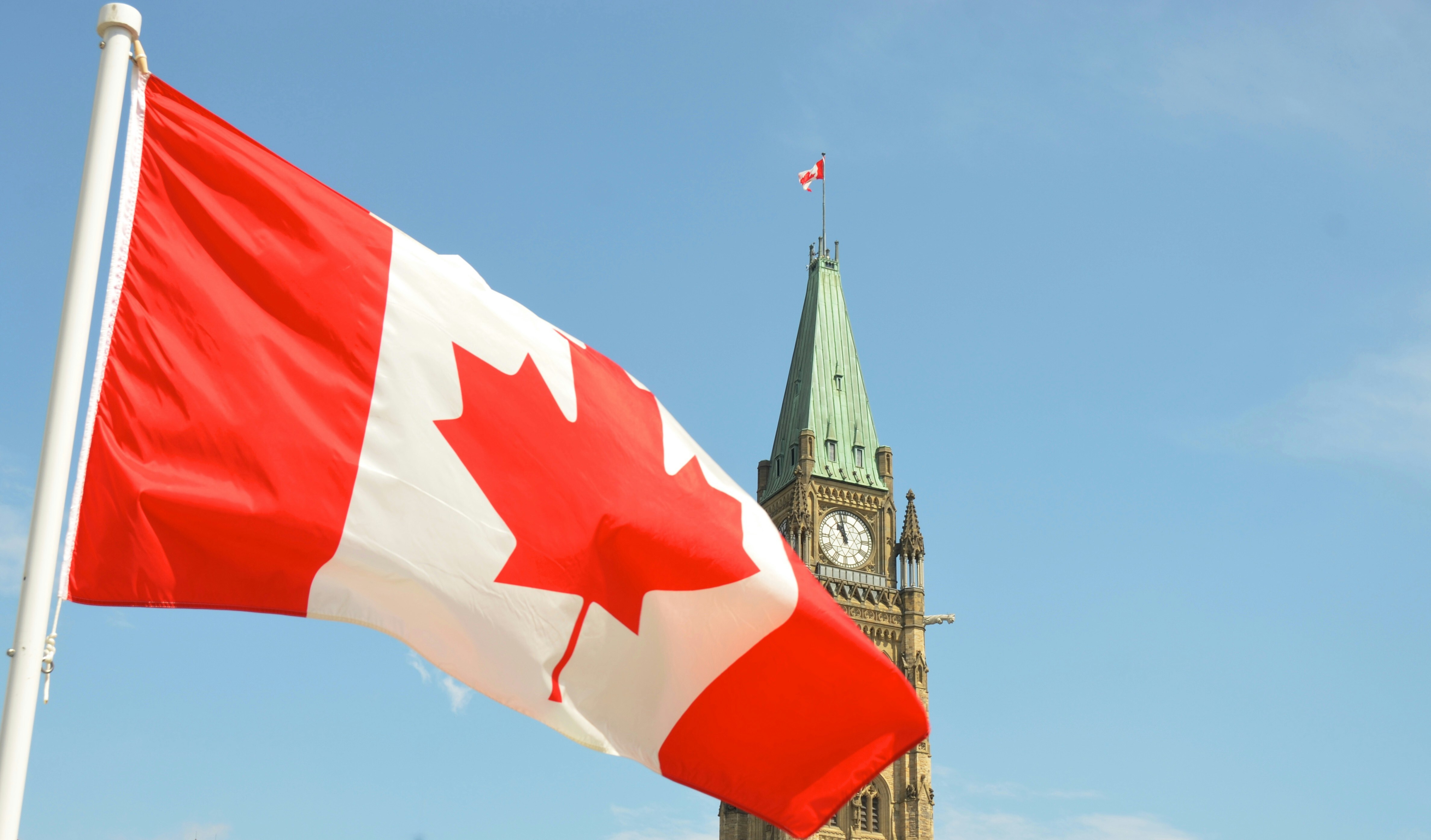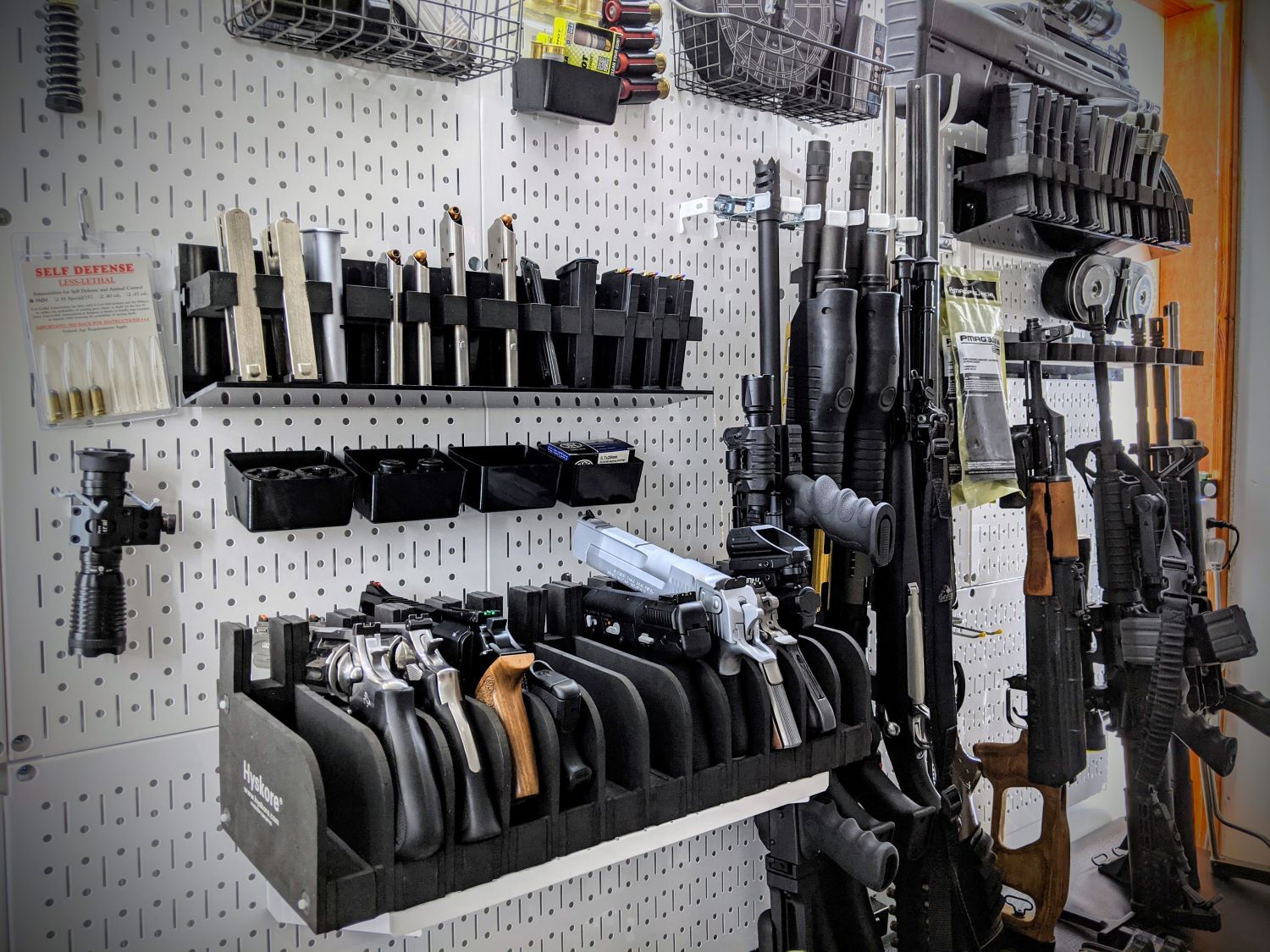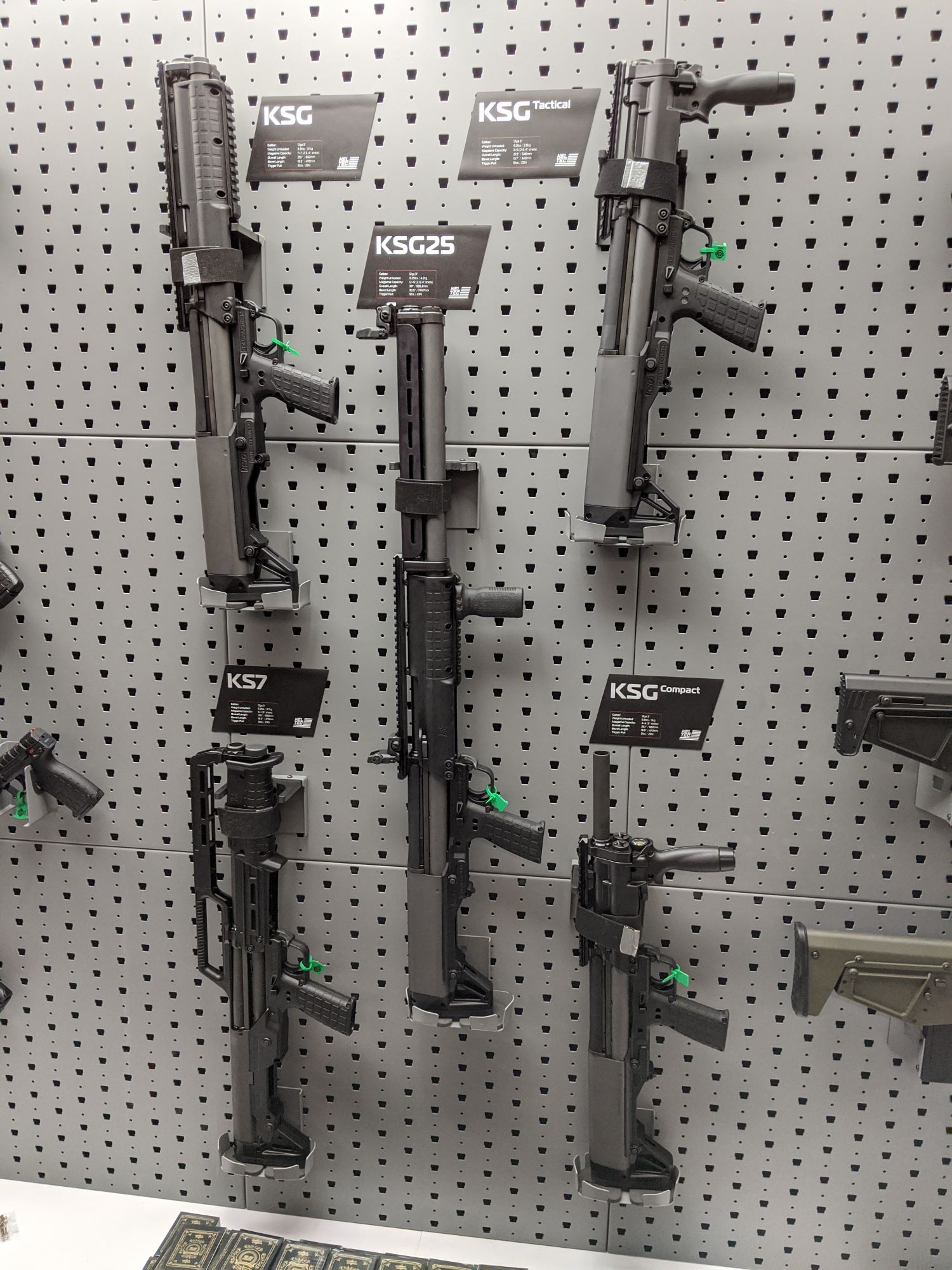A Comprehensive guide to Canada's Gun Control Laws
Posted by Mandu Moses on Apr 19th 2024
Gun control has become a prominent topic in Canada, notably following the tragic mass shooting in Portapique, Nova Scotia in 2020, which resulted in the loss of 22 lives and injuries to three others. In response, the federal government has introduced a series of measures aimed at tightening regulations and rules surrounding firearms in the country.

Photo Courtesy: Jason Hafso
Understanding Canada's Current Gun Control Legislation
Canada's existing gun control legislation comprises two primary components:
- Bill C-21
- Bill C-22.
Bill C-21 focuses on amending the Firearms Act and the Criminal Code, while Bill C-22 concentrates on modifying the Criminal Code and the Controlled Drugs and Substances Act. Together, these bills aim to achieve the following objectives:
- Ban on Assault Weapons: Around 1,500 models of assault weapons, such as the AR-15 rifle, are banned, deeming them unfit for civilian use. These firearms were previously prohibited via an order in council in May 2020. However, the new legislation will make the ban permanent and offer existing owners the choice of a buy-back program or grandfathering their current weapons.
- Municipal Authority: Proposes a nationwide freeze on the sale and purchase of handguns. This would grant municipalities the authority to enact bylaws, either restricting or prohibiting handguns within their jurisdictions. This allows local governments to address specific concerns about handgun violence in their communities.
- Additional Measures
Introduces provisions to limit magazine capacities, prohibits some toy guns that closely resemble real firearms, and addresses the issue of ghost guns (illegally made or modified firearms lacking serial numbers). These measures are designed to mitigate the misuse and trafficking of firearms.
- Enhancements to the Firearms Act
The legislation also proposes changes to the Firearms Act, such as requiring manufacturers to obtain a Firearms Reference Table number before selling in Canada. This ensures a new technical definition for assault-style firearms and re-establishes the Canadian Firearms Advisory Committee. These changes are intended to improve the classification and regulation of firearms in Canada while providing expert input from various stakeholders on firearm issues.
-
Amendments to the Criminal Code
The proposed amendments to the Criminal Code include creating new offenses for ghost guns and other illegally made firearms, as well as recognizing the rights of indigenous people involved in traditional hunting practices. These changes seek to strengthen the criminal law's response to firearms offenses and protect the legitimate use of firearms by indigenous people for hunting and ceremonial purposes.
Assessing the Benefits and Challenges
The government asserts that the legislation will enhance safety in Canada by reducing gun violence, cracking down on illegal firearms, and respecting the rights and interests of law-abiding gun owners. The legislation enjoys support from various groups, including gun control advocates, health professionals, and police associations.
Common criticisms
- Focusing on Law-Abiding Gun Owners: Some argue that the legislation targets law-abiding gun owners instead of criminals who obtain guns illegally.
- Concerns about Rights and Freedoms: Critics contend that the legislation infringes upon the constitutional rights and freedoms of Canadians.
- Effectiveness and Costs: There are concerns about the legislation's effectiveness in reducing gun violence or preventing mass shootings and its associated costs.
- Jurisdictional Confusion: Some argue that the legislation creates confusion and inconsistency among different jurisdictions and levels of government.
Canada's Position on Gun Control Globally
Canada is often compared to other countries in terms of gun control policies, especially its neighbor, the United States.
According to the Small Arms Survey 2018, Canada ranked 12th globally in civilian firearm ownership per 100 people (34.7), while the United States held the top spot (120.5). However, Canada also ranked 66th in firearm-related deaths per 100,000 people (2.05), while the United States ranked 20th (12.21).

Canada boasts stricter gun control laws than the United States, with regulations including mandatory background checks, safety courses, and storage and transportation rules. However, some countries have even more stringent laws, banning or severely restricting civilian firearm ownership.
Additional Information on Canada's Gun Control Laws
For those interested in delving deeper into Canada's gun control laws, here's some essential information:
The Foundation of Canadian Gun Control Laws
Canada's federal gun control laws are based on the Firearms Act of 1995, enacted after the 1989 École Polytechnique massacre in Montreal, where a gunman tragically killed 14 women and injured 10 others with a semi-automatic rifle.
Firearm Categories
Firearms in Canada are divided into three categories:
- Prohibited
- Restricted
- Non-restricted.
Prohibited firearms include automatic weapons, sawed-off shotguns, and handguns with a barrel length of less than 105 mm. Restricted firearms consist of handguns (except those that are prohibited), semi-automatic rifles, and shotguns. Non-restricted firearms include most rifles and shotguns that aren't prohibited or restricted.
Licensing
To possess, acquire, or transfer any firearm in Canada, a valid license is mandatory. There exist two types of licenses:
- The Possession and Acquisition License (PAL)
- The Possession Only License (POL).
The PAL allows the possession and acquisition of eligible firearms, while the POL permits the possession of firearms already owned. Obtaining a license requires passing a background check, a safety course, and written and practical tests.
Firearm Registration
Restricted and prohibited firearms must be registered with the Canadian Firearms Program (CFP), administered by the Royal Canadian Mounted Police (RCMP). Non-restricted firearms do not require registration, except in Quebec, where a provincial registry was established in 2018.
Transportation and Carry
To transport or carry firearms in Canada, you need an Authorization to Transport (ATT) or an Authorization to Carry (ATC). An ATT allows the transportation of restricted or prohibited firearms between authorized locations. An ATC permits the carrying of restricted or prohibited firearms for lawful purposes, such as protection from wild animals or for employment.
Firearm Possession Bans
Conviction for certain offenses involving firearms, such as using a firearm in the commission of a crime, careless firearm use, or unauthorized firearm possession, may lead to a court-ordered firearm possession ban.
This prohibits the possession of firearms, crossbows, prohibited weapons, ammunition, or explosive substances for a specified period or for life. The court may also order the forfeiture and destruction of any firearms or weapons involved in the offense.

Appeals
If you believe that your firearm has been improperly classified, seized, or forfeited by the authorities, you have the right to appeal. Options include a reference hearing before a provincial court judge to challenge the classification of your firearm. Or, a review by the Minister of Public Safety and Emergency Preparedness to challenge the seizure or forfeiture of your firearm. Additionally, you can appeal to the Federal Court if you are dissatisfied with the minister's decision.
Conclusion
Canada's gun control legislation is a complex and contentious subject that affects numerous Canadians in diverse ways. Whether you are a gun owner, a potential buyer, or just a concerned citizen, it is crucial to comprehend the current laws and regulations regarding firearms in the country and how they might evolve in the future.
My Take:
Canada has some of the strictest gun control laws in the world, which are often cited by gun control advocates in the United States as a model to follow. However, these laws also impose significant restrictions on the rights and freedoms of law-abiding gun owners, and may not be compatible with the American culture and values.
Some of the features of Canada’s gun control laws that are clear infringements to Americans are:
- The requirement to obtain a license to own any firearm, which involves passing a safety course, a background check, and providing personal information and references.
- The classification of firearms into three categories: non-restricted, restricted, and prohibited.
Non-restricted firearms are mostly rifles and shotguns used for hunting or sport shooting. Restricted firearms are mainly handguns and some semi-automatic rifles, which require additional authorization and registration to own.
Prohibited firearms include automatic weapons, sawed-off shotguns and rifles, and some handguns and rifles that are deemed too dangerous or unnecessary for civilian use.

- The ban on the sale and use of around 1,500 models of assault weapons, like the AR-15 rifle, was enacted in 2020 after a mass shooting in Nova Scotia.
- The limitation on magazine capacity to five rounds for centerfire rifles and shotguns, and 10 rounds for handguns.
- The illegality of self-defense as a valid reason to own or use a firearm. The use of force is only justified in Canada if it is reasonable and proportional to the threat, and there is no other option available.
- The indiscriminate and unnecessary gun registration requirement. Canada has a national firearm registry where all gun owners must obtain a license from the Canadian Firearms Program (CFP). The CFP conducts background checks on all applicants and imposes safety training and storage rules on gun owners.
These laws may have proved beneficial for countries like Canada in regard to public safety and crime prevention. However, they come with hefty costs and challenges for enforcement, compliance, and respect for individual rights.
Understanding these laws may help Americans appreciate their freedoms more and that with just a stroke of a pen on gun control, all these rights and freedoms can be undone.
We hope this guide has equipped you with a comprehensive understanding of Canada's gun control laws. If you have questions or comments, please feel free to share them below.
